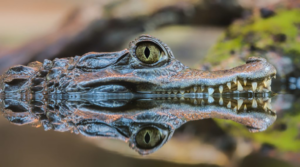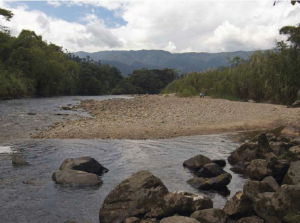The Andean condor, a revered symbol for many Andean cultures, holds a special place in Ecuador, where they celebrate it annually on July 7 as the “National Day of the Andean Condor”. Known as the “kuntur” by the Inca people, it is considered a messenger of the gods and a powerful icon representing the Andes.

Conservation Challenges and Efforts
Despite its cultural significance, the Andean condor faces challenges, including misconceptions leading to its persecution. More specifically, superstitions linking the condor to livestock deaths have resulted in illegal poisoning and hunting, severely reducing its population. Conservation initiatives, notably the Condor Park in Otavalo, contribute significantly to protecting and raising awareness about the Andean condor.
Majestic Characteristics and Ecological Role
The Andean condor, known for its impressive size and longevity, is the largest flying animal globally. It has a lifespan of up to 75 years. It boasts an impressive appearance with a black body, grey and white-tipped feathers, and a distinctive yellow beak. Despite its imposing size, it primarily serves an ecological role as a scavenger. In this way, it helps maintain ecosystem balance by consuming carrion and reducing the risk of diseases associated with decaying animals.
Intricate Mating Rituals and Family Bonds
Andean condors exhibit fascinating mating rituals and form lifelong bonds once a pair is established. Breeding occurs every two years, and parents diligently care for their young, providing food until they can fly at around six months of age. The juveniles remain with their parents for two years before becoming independent, showcasing the strong family bonds of these magnificent birds.
Legends and Cultural Significance
The Andean condor has inspired numerous legends, with one of the most famous being the “legend of the condor in love”. This tale, passed down through generations, narrates the sacred bird’s love for a shepherdess and their subsequent transformation into condors, flying together over the province of Cotopaxi. These legends contribute to the rich cultural tapestry surrounding the Andean condor in Ecuador.




